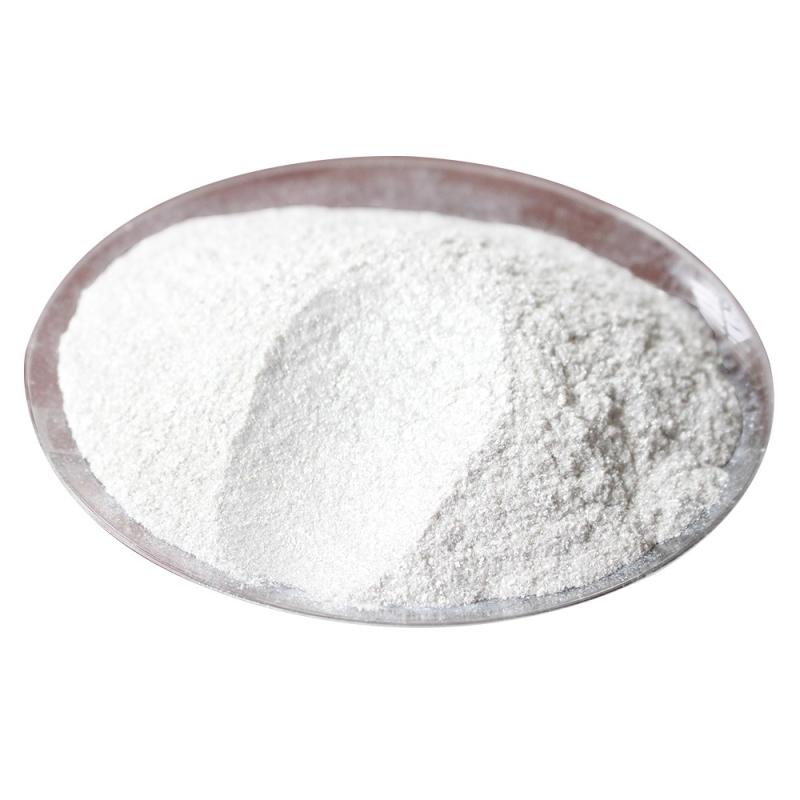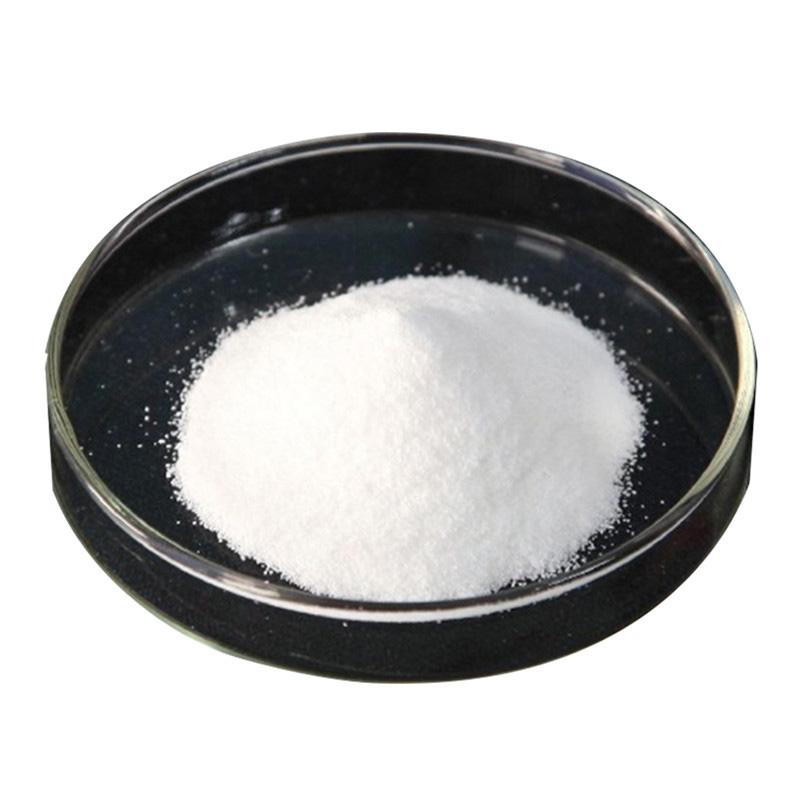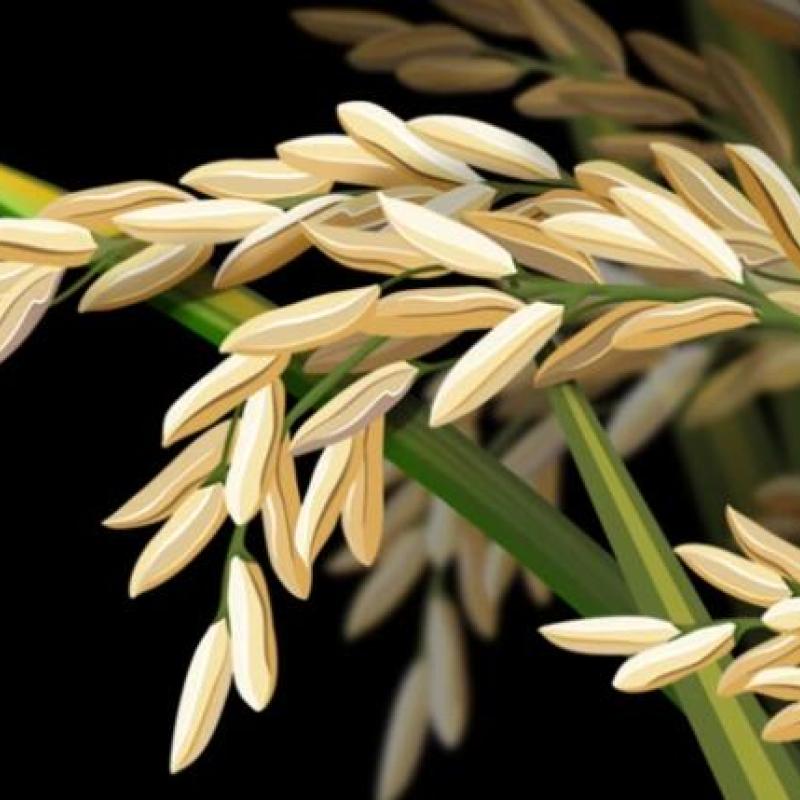Common name: ButachlorChemical name:N-(butoxymethyl)-2-chloro-2',6'-diethylacetanilideMolecular formula: C17H26ClNO2Structural formula:Molecular weight: 311.85CAS No. : 23184-66-9Product description:Butachlor is a kind of amide systemic and conductive selective preemergence herbicide, also known as norlachlor, machete, and mediachlor. The pure product is a light yellow oily liquid with a slight aromatic smell. It is hardly soluble in water and easily soluble in many organic solvents. It is chemically stable under normal temperature and neutral and weak alkaline conditions.
Contact Now
Product description:Propolachlor, also referred to as saufort, is mainly used for directly sown rice fields. it has the traits of secure rice boom, extensive weed control spectrum and proper weed manage impact. it could essentially manipulate the damage of weeds in the whole boom length.
Contact Now
Product Description:Butachlor is an amide-based, conductive, selective pre-emergence herbicide, also known as noralachlor, machete, and alachlor. This product is a light yellow oily liquid with a slight aromatic odor. It is not easily soluble in water and easily soluble in various organic solvents. It has chemical stability under normal temperature, neutral and weak alkaline conditions. Its decomposition is accelerated under strong acid conditions and can be degraded in soil. Low toxicity to humans and animals, irritating to skin and eyes, and high toxicity to fish.
Contact Now
Common name: PretilachlorProduct description:Propolachlor, also known as Saufort, is mainly used in direct-seeded rice fields. Correctly mastering the method of use has the characteristics of safe growth of direct-seeded rice, broad weed-killing spectrum, and good weeding effect. It can basically control the damage of weeds throughout the growth period.
Contact Now
Common name: MethomylChemical name:Methylthio-1-ethylidenamino methylcarbamateMolecular formula: C5H10N2O2SStructural formula: Molecular weight: 162.21CAS No. : 16752-77-5Product description:Internal carbamate insecticide, both pesticide and stomach toxicity, can effectively control a variety of pests and their larvae and eggs, the residual effect is short. Control cotton bollworm, cotton miner moth, tobacco moth with 24% water spray 24-36ml /100m2.
Contact Now
Alachlor is an herbicide from the chloroacetanilide family. It is an odorless, white solid. The greatest use of alachlor is for control of annual grasses and broadleaf weeds in crops. Use of alachlor is illegal in the European Union and no products containing alachlor are currently registered in the United States.Its mode of action is elongase inhibition, and inhibition of geranylgeranyl pyrophosphate (GGPP) cyclisation enzymes, part of the gibberellin pathway. Common name: AlachlorChemical name: 2-chloro-N-(2,6-diethylphenyl)-N-(methoxymethyl)acetamide; Molecula
Contact Now
usage:Amide selective, pre-emergence herbicide, can be applied to corn, cotton, soybean, peanut, rape, potato, sugarcane, sesame, sunflower and legume, cruciferous, nightshade, compositae, umbelliferae, etc. Control annual grass weeds in vegetable fields and orchards, and a single application keeps crops free from weed damage throughout the growing period. Not effective against perennial weeds.Common name: AcetochlorChemical name: 2-chloro-N-(ethoxymethyl)-N-(2-ethyl-6-methylphenyl)acetamideMolecular formula: C14H20ClNO2Structural formula:Molecular weight: 269.77CAS No.
Contact Now
Common name: Metsulfuron-MethylChemical name: 2-(4-methoxy-6-methyl-1,3,5-triazin-2-ylcarbamoylsulfamoyl) benzoic acidMolecular formula: C14H15N5O6SStructural formula:Molecular weight: 381.36CAS No. : 74223-64-6Product description:Metsulfuron is an ultra-low dosage sulfonylurea herbicide for controlling medium-broad-leaved weeds in cereals. It can be transferred upward and downward in the plant body and used as a herbicide before and after wheat sprouts.Physical and chemical properties:The pure product is a white crystalline solid. m.p.158℃(163~166℃), vapor pressure 3.3×10-10Pa(25℃).
Contact Now
Common name: TriclopyrChemical name: [(3,5,6-trichloropyridin-2-yl)oxy]acetic acidMolecular formula: C7H4Cl3NO3Structural formula:Molecular weight: 256.47CAS No. : 55335-06-3Physical and chemical properties:The pure product is a white crystalline solid. m.p.148~150℃, decomposition temperature 290℃. The vapor pressure is 1.68×10-4Pa. It is soluble in organic solvents such as ethanol, and its solubility in water at 25°C is 430~440mg/L.
Contact Now
Common name: ClethodimChemical name: (5RS)-2-[(1EZ)-1-[(2E)-3-chloroallyloxyimino]propyl]-5-[(2RS)-2-(ethylthio)propyl]-3-hydroxycyclohex-2-en-1-oneMolecular formula: C17H26ClNO3SStructural formula: Molecular weight: 359.91CAS No. : 99129-21-2Physical and chemical properties: The original medicine is amber transparent liquid.
Contact Now
It is moderately toxic to humans and animals, has no irritating effect on rabbit skin, has mild irritating effect on eyes, and is highly toxic to aquatic organisms, bees and silkworms. High insecticidal activity, is a nerve agent, pyrethroid insecticides. It is mainly used for contact killing and stomach poisoning, and has a certain repelling effect, without systemic suction and fumigation. Binding effect, long lasting effect, able to withstand rainwater leaching.
Contact Now
Product description:Internal carbamate insecticide, both pesticide and stomach toxicity, can successfully manipulate a ramification of pests and their larvae and eggs, the residual impact is brief. manipulate cotton bollworm, cotton miner moth, tobacco moth with 24% water spray 24-36ml /100m2. foliar spray also can be used to manipulate aphids, thrips, red spider, leaf roll worms, slime worms, and so on., and soil remedy to control nematodes and leaf pests. in 1966, it changed into first endorsed by way of du pont as insecticide and nematocide.
Contact Now
Common name: ImazethapyrMolecular formula: C15H19N3O3Structural formula:Molecular weight: 289.33CAS No. : 81335-77-5Product description:Imazethapyr is a kind of organic heterocyclic herbicide, which belongs to imidazolinone compound, also known as Prosad, Imidazolium, Mizuoxazole, Prosthet, and Imazethapyr. Its isopropylamine salt is suitable for all weeds. It has excellent herbicidal activity against Cyperaceae weeds, annual and perennial monocotyledonous weeds, broad-leaved weeds and weeds.
Contact Now
Usage:It's far mainly used as an insecticide for controlling aphids, leafhoppers, thrips, planthoppers and other hemiptera, coleoptera, diptera and positive lepidoptera pests on rice, veggies, fruit bushes and different vegetation. it has excessive efficiency, large-spectrum, low dosage, low toxicity, lengthy-lasting efficacy, no harm to vegetation, secure use, no move-resistance to conventional insecticides, and many others. it has outstanding systemic and osmotic consequences and is a substitute for distinctly toxic natural some other variety of phosphorus insecticides.
Contact Now
Common name: ImazapicChemical name: 3-Pyridinecarboxylic acid, 2-[4,5-dihydro-4-methyl-4-(1-methylethyl)-5-oxo- 1H-imidazol-2-yl]-5-methyl-Molecular formula: C14H17N3O3Structural formula:Molecular weight: 275.3CAS No. : 104098-48-8Product description:Imazapic is a sulfonylurea systemic conduction typepost-emergence selective herbicide. After the stems and leaves are treated, they can be absorbed by the stems, leaves and roots of weeds.
Contact Now
Product description:Prochloraz, also referred to as promethazine, promethazine, shibaoke, and prochloraz, is an imidazole enormous-spectrum pesticide fungicide, which acts via inhibiting the biosynthesis of sterols. even though it does not have a systemic effect, it has sure conductivity residences. it has apparent control impact on diverse plant life because of ascomycetes and semi-chemicalbook micro organism. it may moreover be mixed with most fungicides, insecticides, and herbicides, and has appropriate manage consequences.
Contact Now
Common name: NICOSULFURONChemical name: 1-(4,6-Dimethoxypyrimidin-2-yl)-3-(3-dimethylcarbamoyl-2-pyridylsulfonyl)urea 2-(4,6-Dimethoxypyrimidin-2-ylcarbamoylsulfamoyl)-N,N-dimethylnicotinamideMolecular formula: C15H18N6O6SStructural formula:Molecular weight: 410.4CAS No. : 111991-09-4Product description:Nicosulfuron is a systemic and conductive herbicide, which can be absorbed by the stems, leaves and roots of plants and quickly transmitted.
Contact Now
Product description:Kresoxim-methyl is a exceptionally powerful, wide-spectrum, new fungicide. it has an amazing control effect on strawberry powdery mold, melon powdery mold, cucumber powdery mould, pear scab and different sicknesses. it can manipulate and deal with maximum sicknesses inclusive of ascomycetes, basidiomycetes, deuteromycetes and oomycetes. it has a sturdy inhibitory effect at the germination of spores and the increase of mycelium in leaves, and has defensive, healing and removing activities.
Contact Now
Common name: GlufosinateChemical name: 2-Amino-4-[hydroxy(methylphosphonoyl)]butanoic acidMolecular formula: C5H18N3O4PStructural formula:Molecular weight: 215.19CAS No. : 77182-82-2Product description:Glufosinate-ammonium, also known as glufosinate, is a non-selective foliar spray of organophosphorus herbicide. It was first synthesized and developed by the Federal German Hoechst Chemical Company in 1979.
Contact Now
Product description:It is a unique fungicide of the elegance of oomycetes. its function is to spoil the formation of cellular wall membrane. it has an effect on all tiers of the existence history of oomycetes. it's far in particular sensitive in the formation stage of sporangia stems and oospores, at very low concentrations. down (<0.25μg/ml) is inhibited. no move-resistance to phenylamides.Common name: DimethomorphChemical name:(E,Z)4-[3-(4-chlorophenyl)-3-(3,4-dimethoxyphenyl)acryloyl] morpholineMolecular formula: C21H22ClNO4Structural formula:Molecular weight: 387.86CAS No.
Contact Now
Usage:Pyrethroid is a tactile, gastrotoxic pyrethroid insecticide. used to control pests on cotton, veggies, tobacco and other crops.Chemical name: (1R,3R)-3-((Z)-2-Chloro-3,3,3-trifluoro-propenyl)-2,2-dimethyl-cyclopropanecarboxylic acid (S)-cyano-(3-phenoxy-phenyl)-methyl esterMolecular formula: C23H19ClF3NO3Structural formula:Molecular weight: 449.85CAS No. : 91465-08-6Physical and chemical properties:Pure product is white solid, industrial product is light yellow solid.
Contact Now
Usage:Chlorpyrifos is used in approximately one hundred nations round the world to manipulate insects in agricultural, residential, and business settings. its use in residential packages is limited in more than one international locations. in step with dow, chlorpyrifos is registered for use in nearly one hundred nations and is yearly carried out to approximately eight.five million crop acres. the crops with the maximum use consist of cotton, corn, almonds, and fruit trees, consisting of oranges, bananas, and apples.
Contact Now
Product description:Pendimethalin is an herbicide of the dinitroaniline magnificence used in premergence and postemergence programs to manipulate annual grasses and sure broadleaf weeds. it inhibits mobile department and cellular elongation.
Contact Now
Glufosinate is a wide-spectrum herbicide that is used to govern essential weeds consisting of morning glories, hemp sesbania (sesbania bispinosa), pennsylvania smartweed (polygonum pensylvanicum) and yellow nutsedge just like glyphosate.
Contact Now


































